You can find these titles and other recent acquisitions on the Art History and Classics Library’s New Book Shelf.
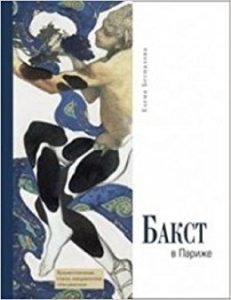
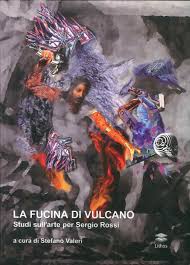
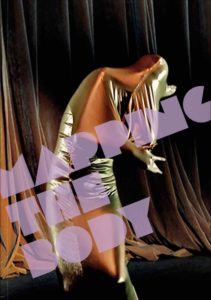
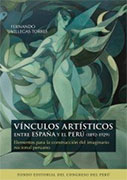
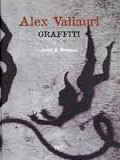
You can find these titles and other recent acquisitions on the Art History and Classics Library’s New Book Shelf.





by Sonia Kahn from the Bancroft Digital Collections Unit.
As another school year comes to a close, and the class of 2017 has walked through Sproul Plaza for the last time, now feels like the perfect opportunity to take a step back from the fury of finals and reflect. With the stresses of contemporary life – constant messages and emails to reply to, the morning commute, trying to precariously balance family and friends with work and play – it can be easy to get lost in a vortex of stress and responsibilities. But at times like these, when pressure becomes so prevalent, it is worth pausing to admire what surrounds us. Pardon the cliché, but it really is worth stopping to smell the flowers. So many of us pass through Sather Gate every day in a rush to get to class, but how often does one stop to truly appreciate the Gate, or the Campanile, or even just the lush greenery of the campus?
As a senior who has just graduated and is about to enter a new (and stressful!) phase of life, I thought it would be worth doing exactly that. In the quiet before the storm I decided that as one of my final blogs for the Bancroft, it might be nice to make a tribute to the campus, both for my sanity, and out of respect for the school that has been my home for the last four years. So in late spring, as the pressure mounted, I made my own effort to step back, further than most. Instead of admiring the campus merely in the here and now, I wanted to explore what had changed, and by the same token, what had stayed the same. The Bancroft houses the University Archives in which I found bits and pieces of what I was looking for. Photographs of the campus from as early as the 19th century. There were so many fantastic pictures in the collection – from a horse and carriage trotting along with South Hall, and her long forgotten sister North Hall, clearly visible in the background, to photos of a typewriter shop on Telegraph Avenue with old time 1950s cars parked out front. But I decided as a member of the class of 2017 that I would focus on the view of campus from a century ago, taken while the world was at war in 1917. After settling on this, I went out and retook some of the pictures we have from 1917 to find out exactly what had withered away and what had stayed in the hundred years since they were first taken.
I hope that in looking at these comparison shots, more people might be able to pause and collect their thoughts, even for just a few minutes, while reflecting on the beauty of the campus that we often take for granted. When we’re so caught up in the moment, taking notice of something like Sather Gate, which has stood in place for more than 100 years, might be our cue to relax. There are buildings and trees that have been here for generations. Manmade structures and nature alike have transcended time, and the Sather Gate I walk under today is the same one two little girls posed next to in 1917. Our campus is beautiful, and it is worth remembering that these buildings will outlast our stresses, just as they have for all the Berkeley alum and employees that have come before us.
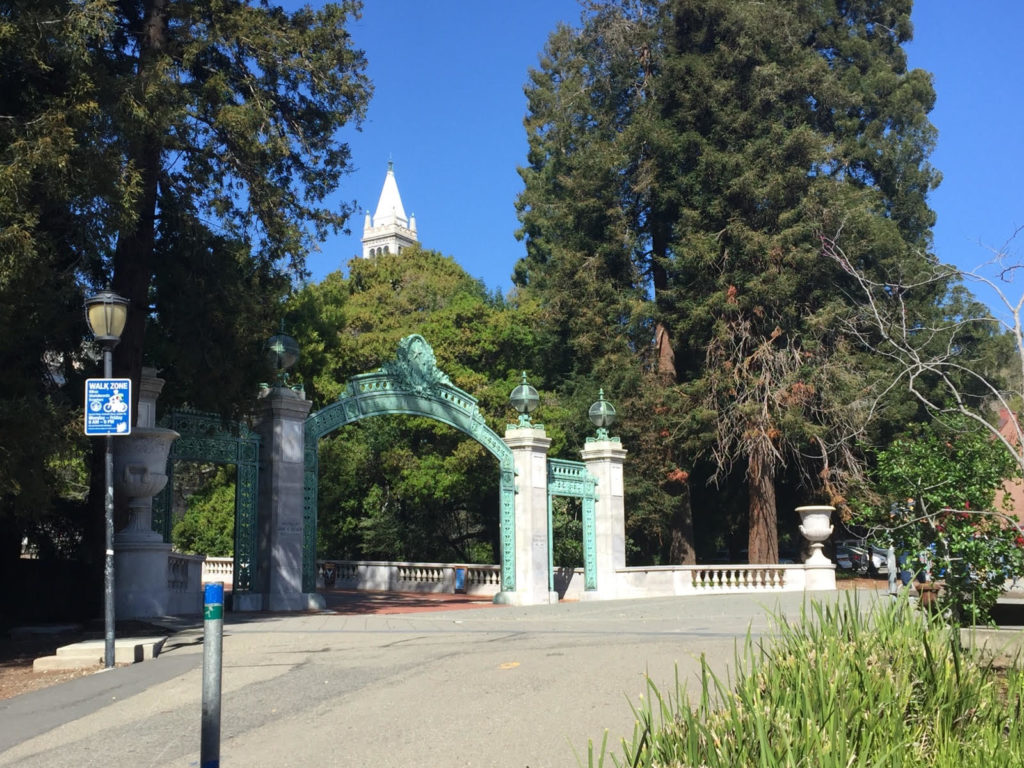

UARC PIC 03 3.100
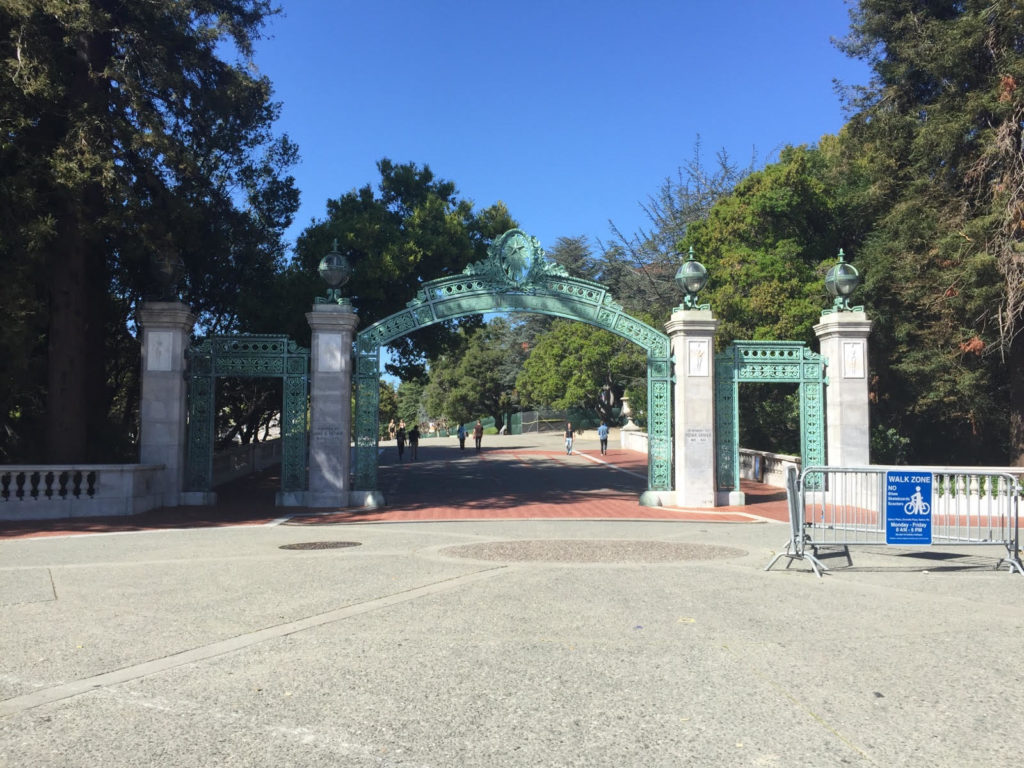
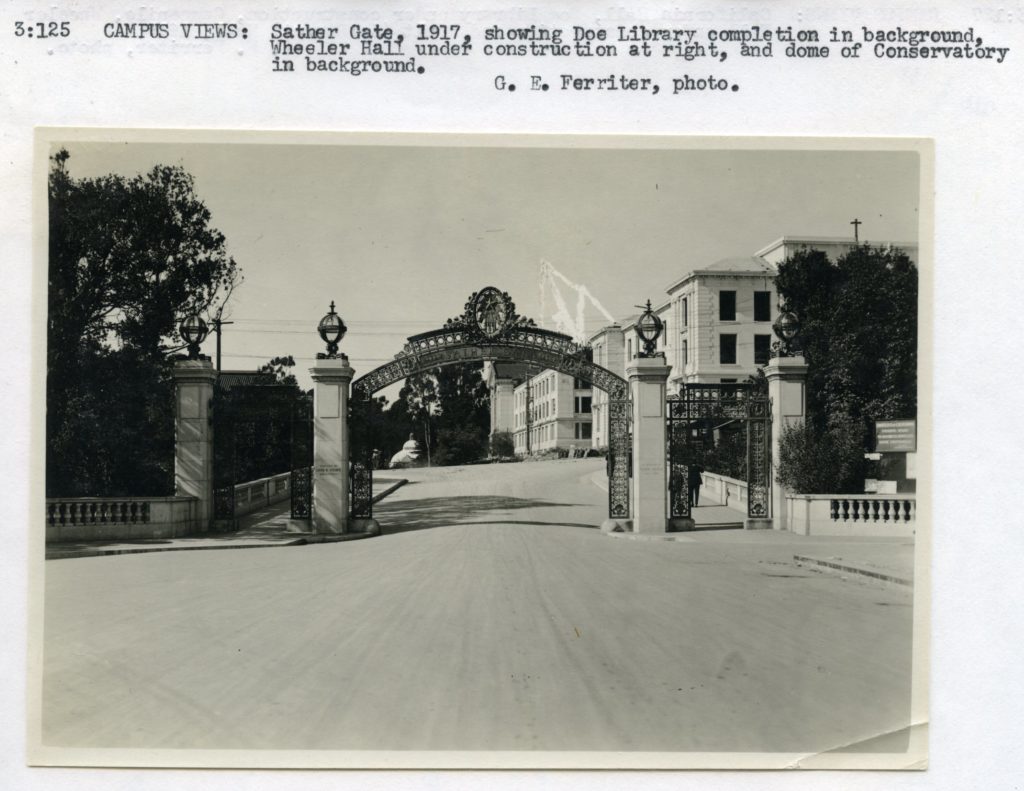
UARC PIC 03 3.125
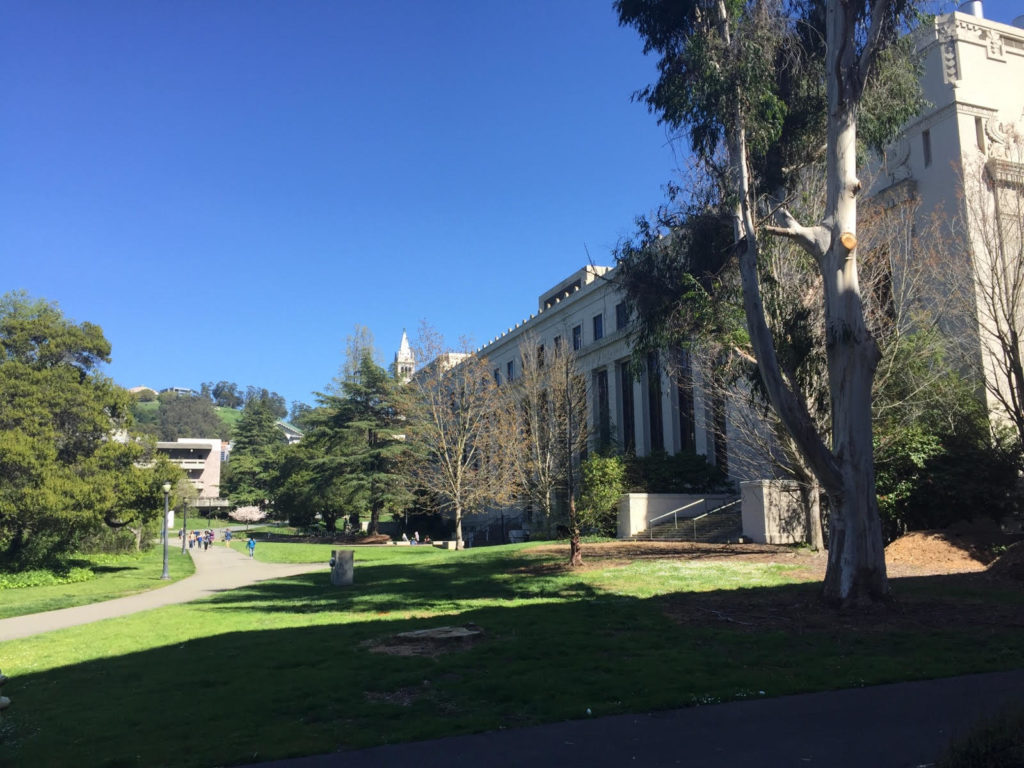
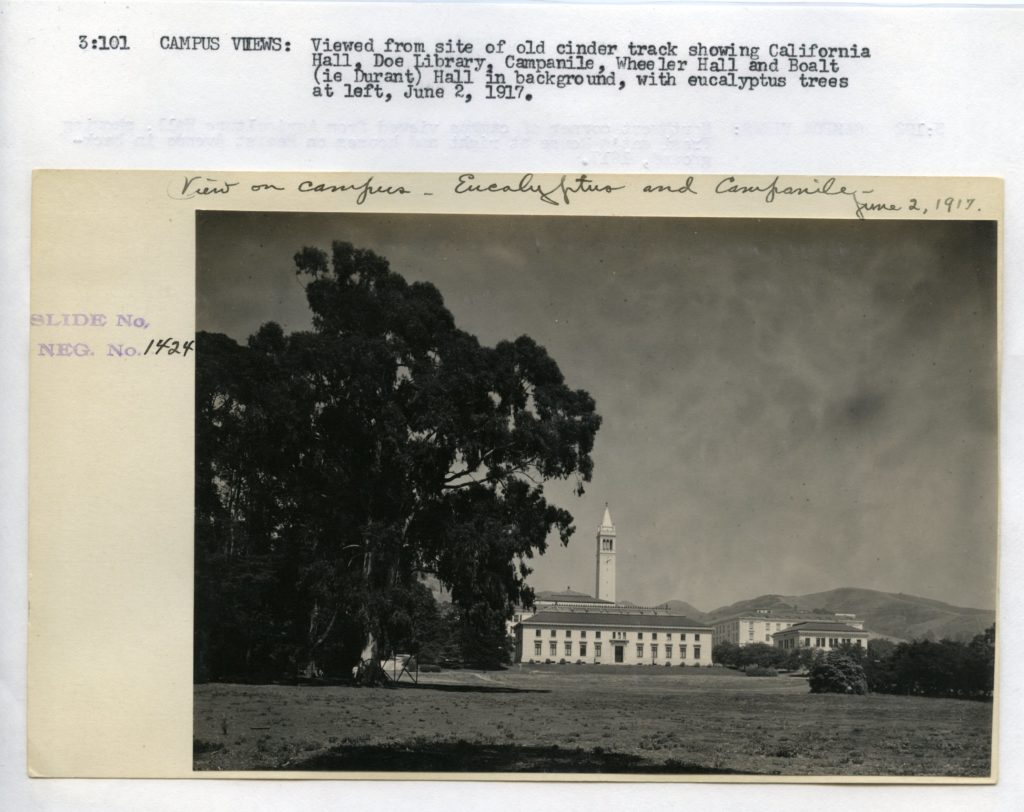
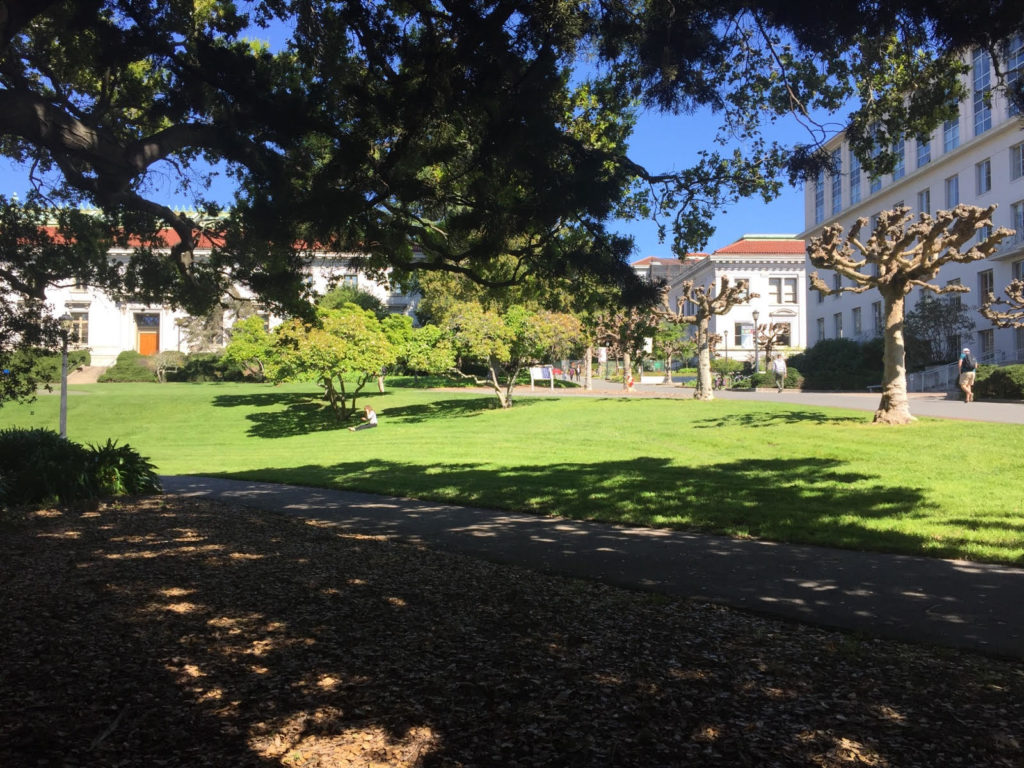
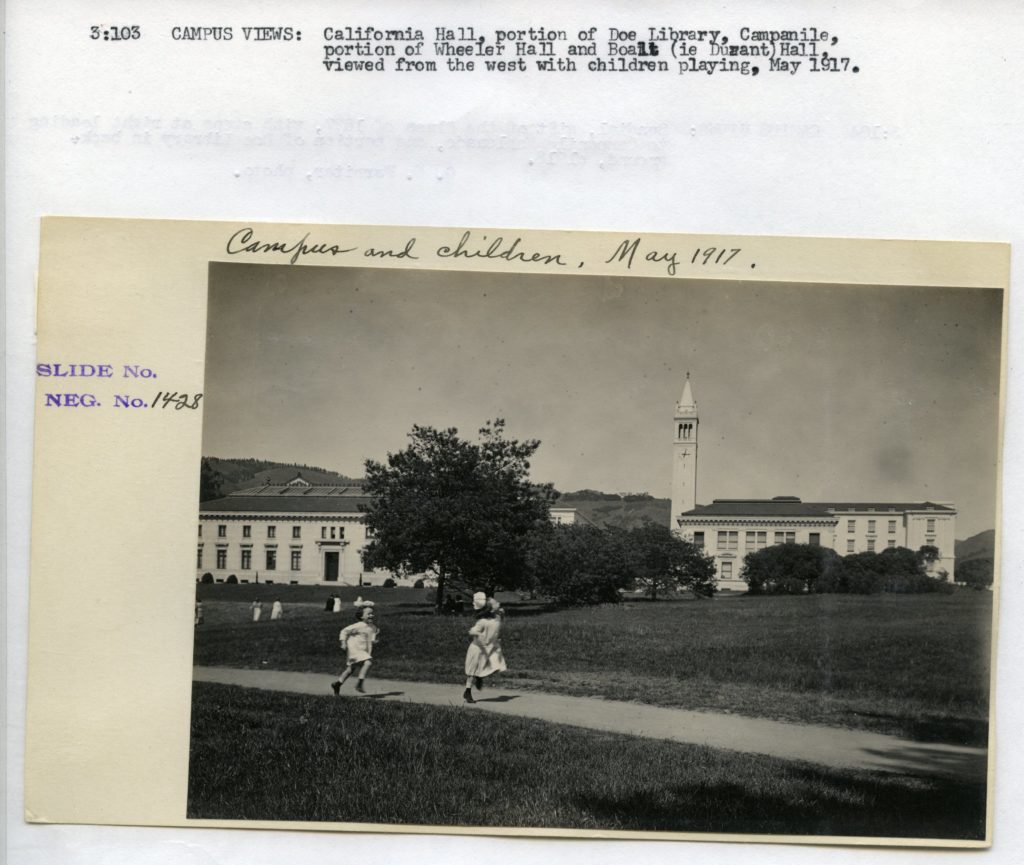
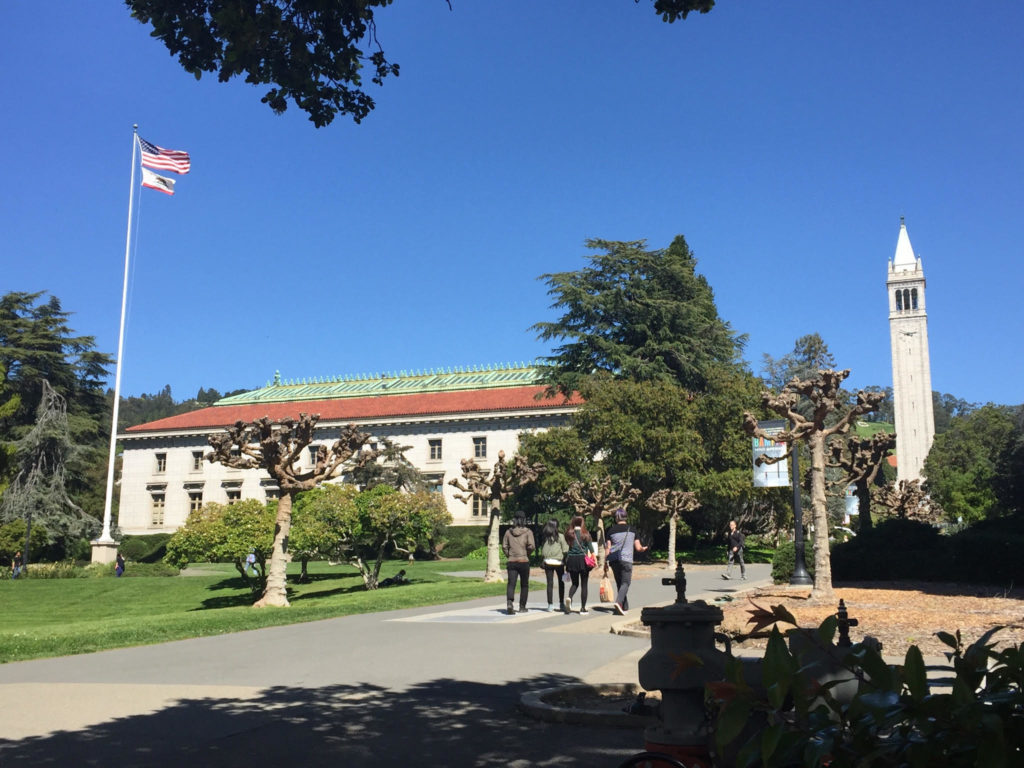

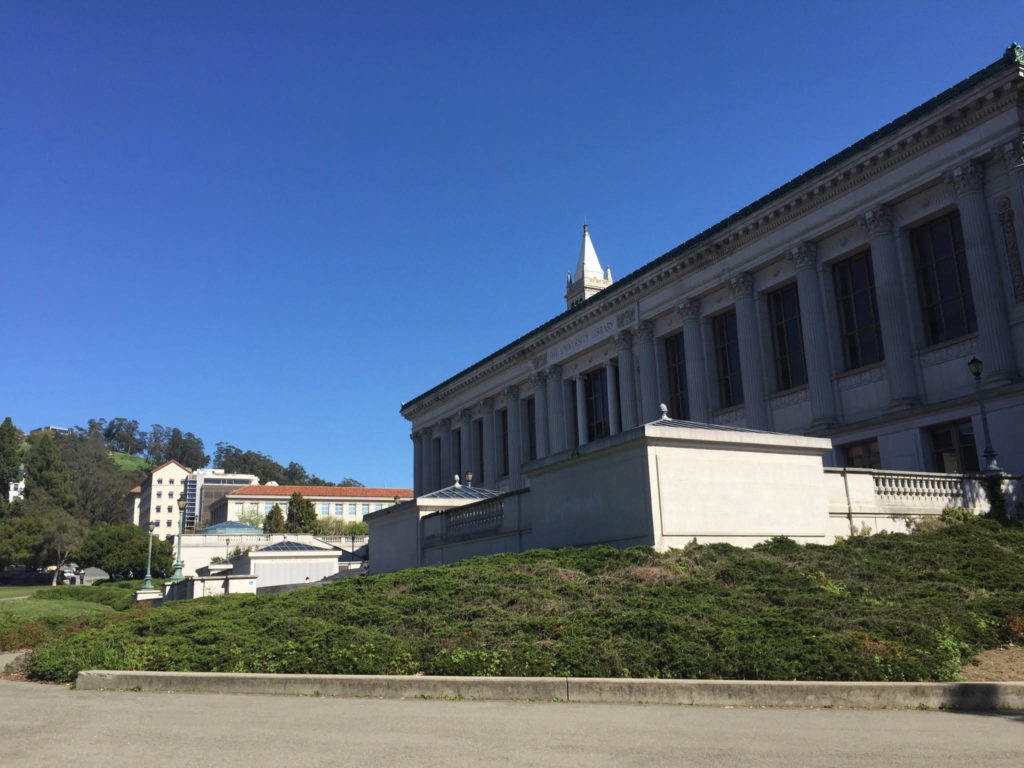
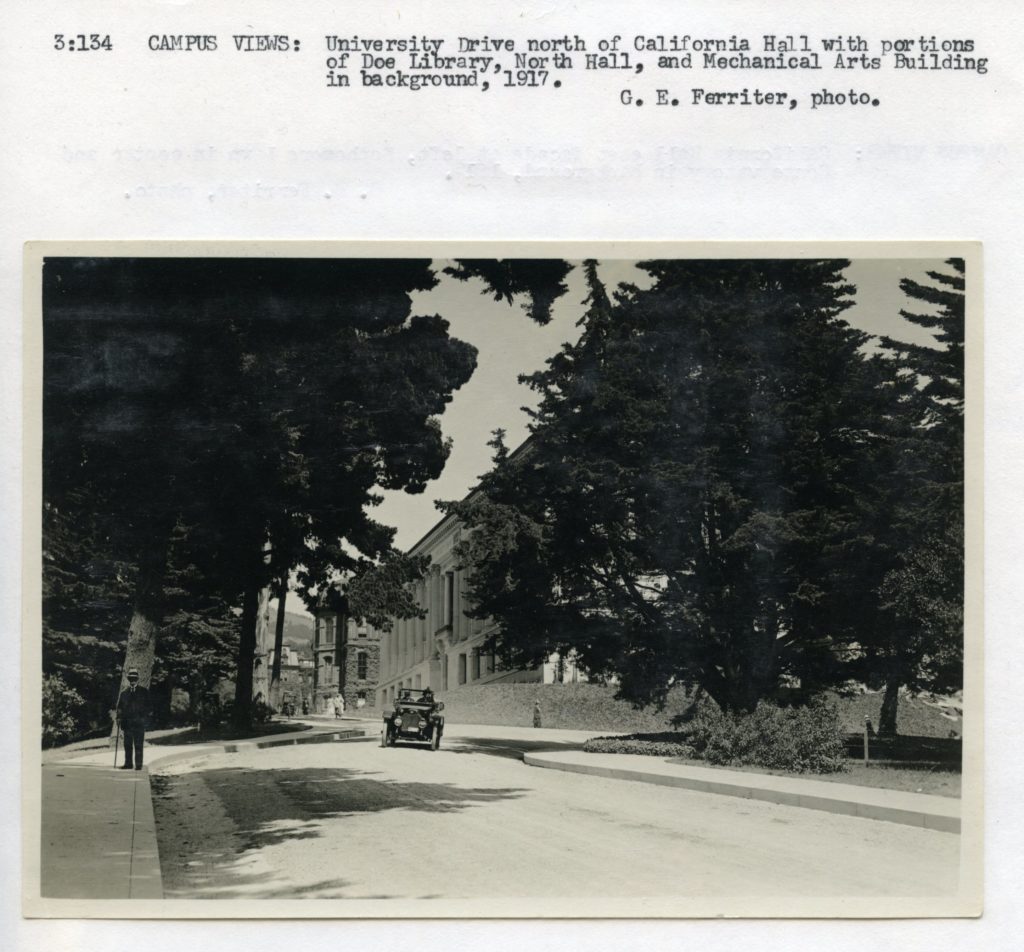
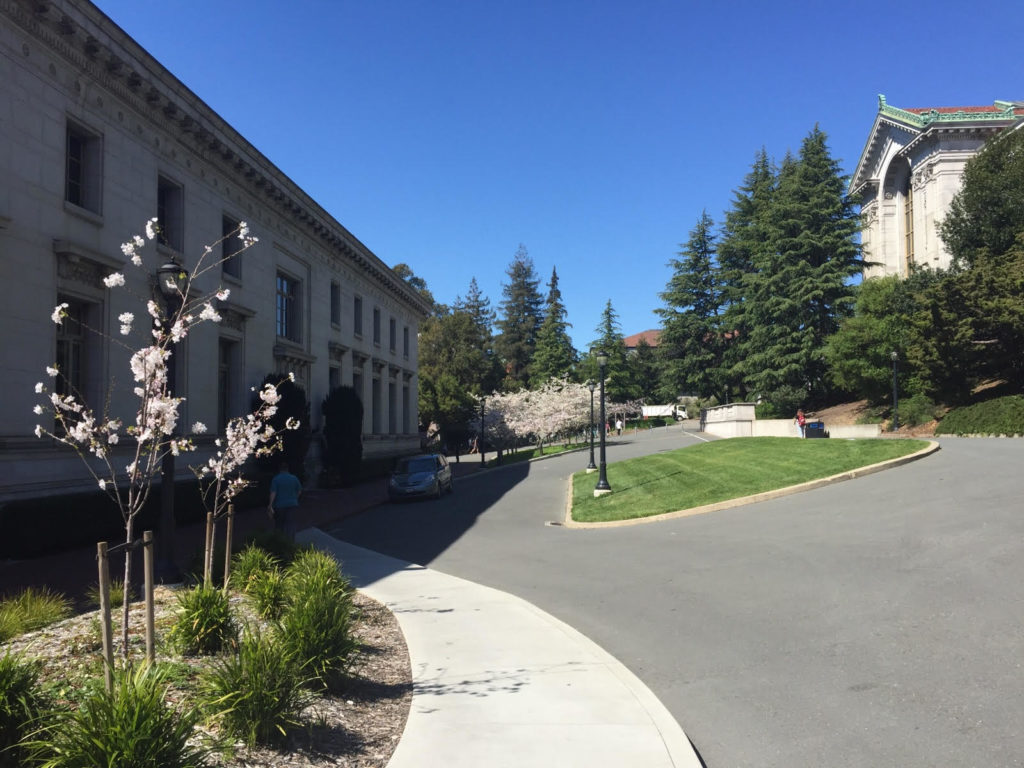
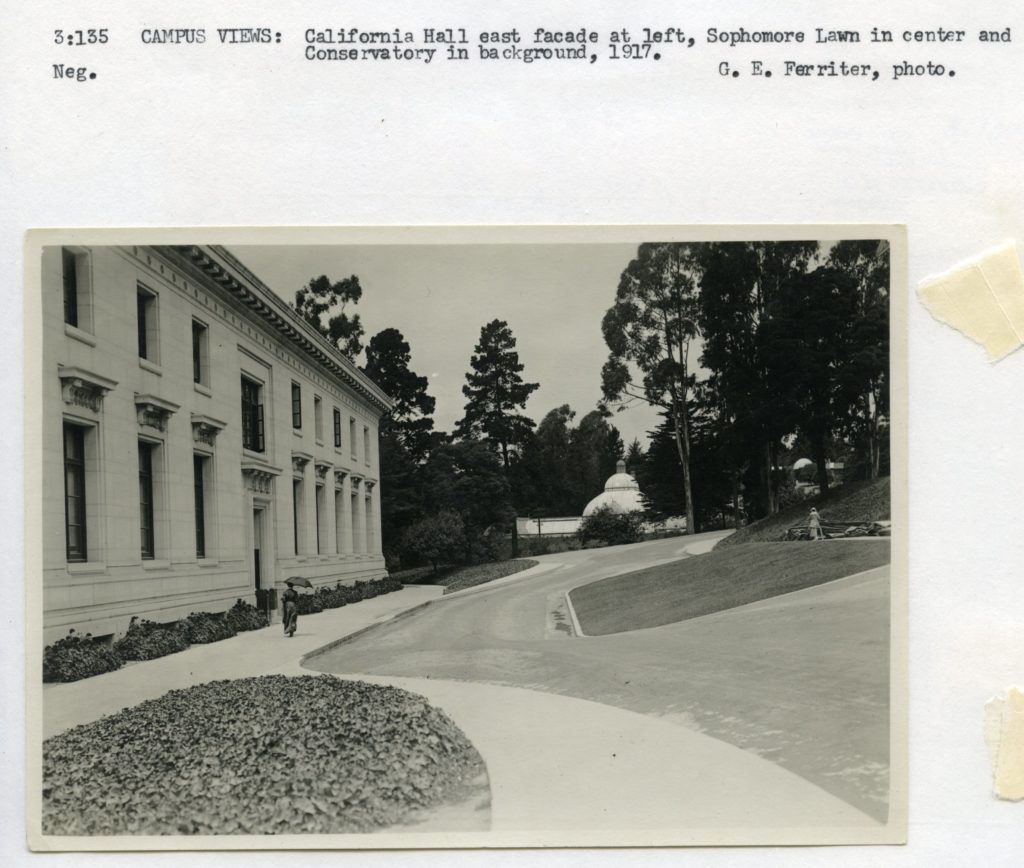
If you are interested in more photos of the Berkeley campus over the past two centuries please visit the Reading Room at the Bancroft Library.
Images are from the University of California, Berkeley campus views collection: http://oskicat.berkeley.edu/record=b16284958~S1
The Library of Congress recently released 25 million metadata records for free bulk download at loc.gov/cds/products/marcDist.php. These MARC records make up the foundation for library catalogs, such as OskiCat, which have enabled library users to find and access library books and other media for decades. As the LOC describes the collection:
The data covers a wide range of Library items including books, serials, computer files, manuscripts, maps, music and visual materials. The free data sets cover more than 45 years, ranging from 1968, during the early years of MARC, to 2014. Each record provides standardized information about an item, including the title, author, publication date, subject headings, genre, related names, summary and other notes.

The data is available in UTF-8, MARC8, and XML formats, and has been conveniently divided by media type including books, computer files, maps, music, and more.
Find out more:
Questions?
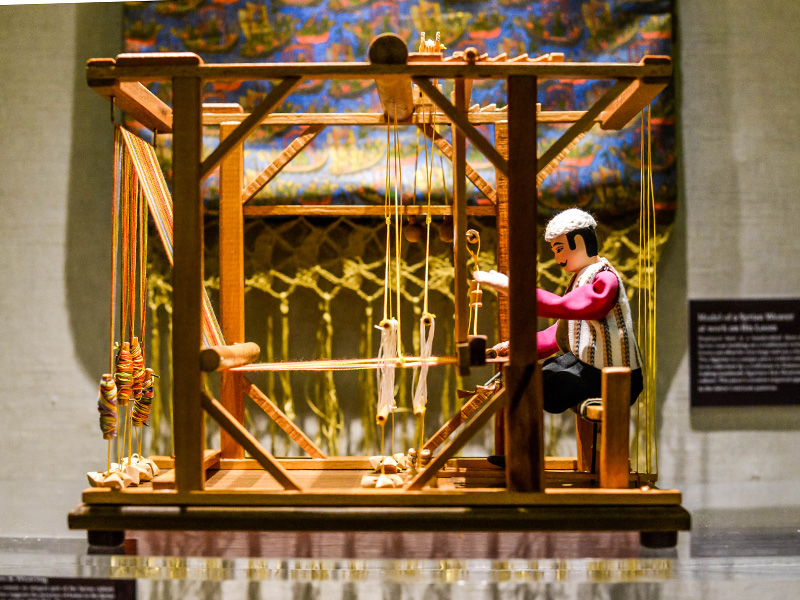
When the library was approached with an offer to host an exhibition on Syria that highlighted its people and their rich history, we all thought it would be a good idea to showcase aspects of the country and the people other than the depressing ones covered in the news. The organization that approached us is called A Country Called Syria and consists of volunteers of Syrian-American heritage from southern California who gathered together a travelling exhibit depicting Syria’s history, culture and ethnic diversity in order to introduce people to the country behind the headlines.
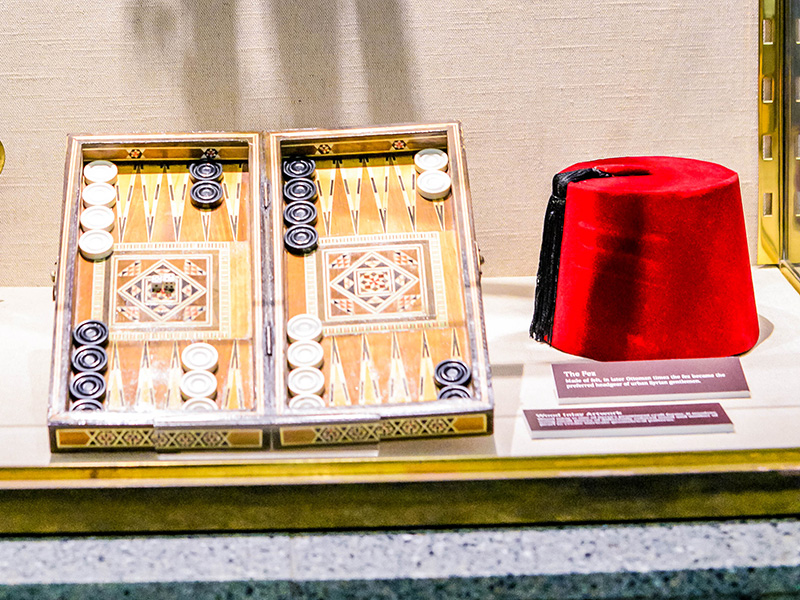
As the interim library liaison for the Middle East, I thought it would be a good idea to highlight UC Berkeley’s rich library collection on Syria along with the cultural artifacts we were lent. The region that makes up the modern country of Syria is one of the oldest cradles of human civilization, and our former Middle East librarians have done a fine job of building a collection covering its ancient history and diversity while at the same time also paying attention modern Syria with all its complexities. The aim of the exhibition is to highlight some of that diversity and complexity and give Syria and the Syrian a more accessible human dimension.
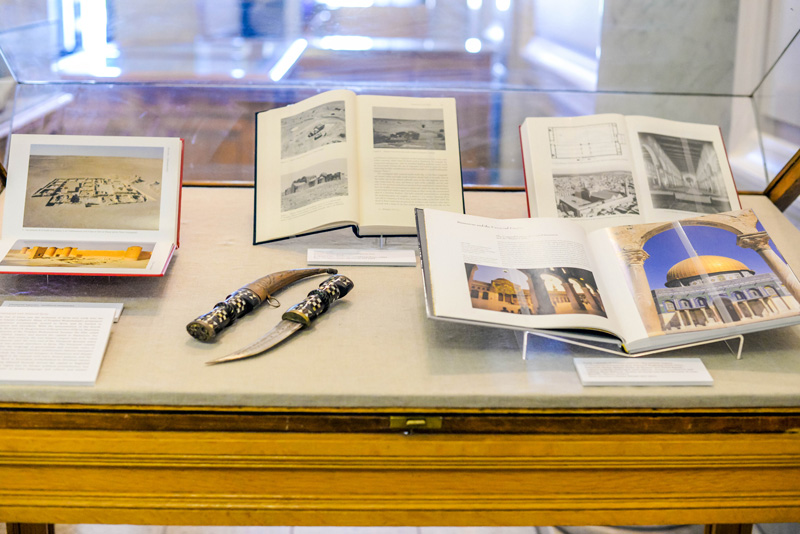
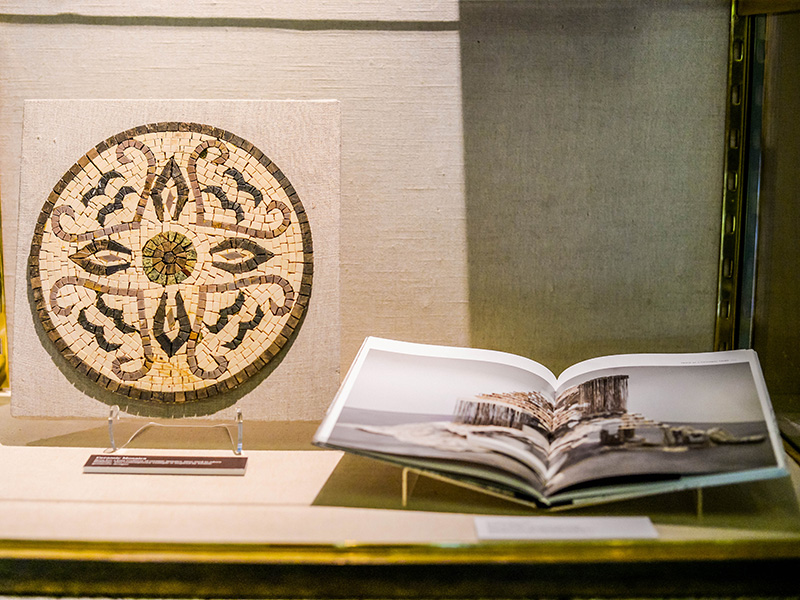
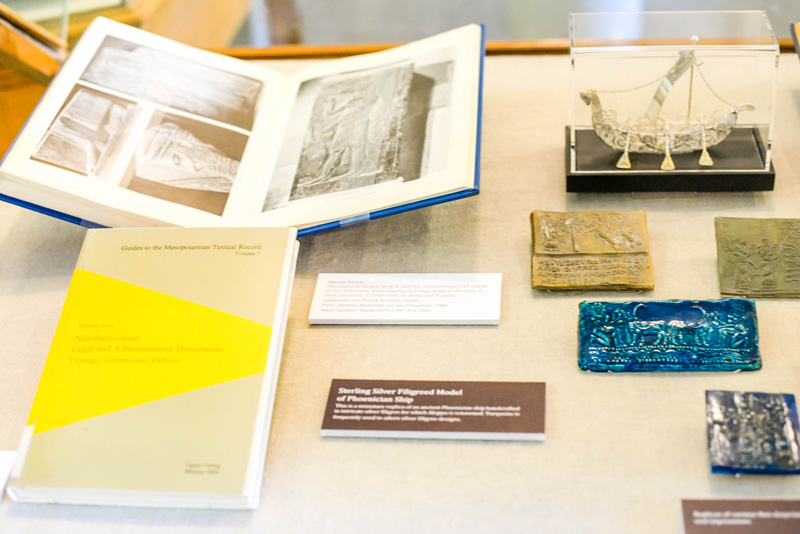
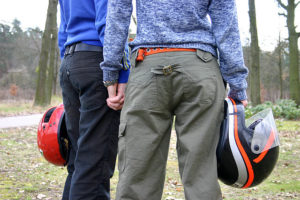
Read the full story: